In the hardcore Fire Emblem community, one game used to be spoken about in hushed tones, a game that’s inspired countless forum threads filled with false hope, empty promises, and abandoned dreams. Thracia 776, the untranslated Fire Emblem. Thracia 776, the “translation patch killer.” Every few years, someone new would raise their hands in tribute, promising to be the person who would deliver what others could not, who could wrangle Thracia 776’s mangled code into shape, and plug in English characters. They always failed.
“I never really officially told anyone I gave up,” admitted Kirb, a renowned Fire Emblem hacker, and one of the most recent to declare Thracia 776 their white whale, “because I didn’t want to feel like I betrayed the people that were waiting patiently for it to progress.”
At first blush, Thracia 776 isn’t that different from other Fire Emblem games. The fifth in the series, it was released for the Super Famicom (what the SNES was called in Japan) in 1999, and like the others, it’s a tactical RPG set in a fantasy world of politics and prophecies. But in reality, translating Thracia 776 is a specifically daunting and unique challenge.
The game was built on indecipherable “spaghetti code” where moving one piece can result in the game imploding for no logical reason; there isn’t enough space to fit English translations without crashing the game, which means you’d have to hack it and force it to accept more; one chapter in particular—the dreaded chapter five—was coded in such a perplexing way it lead to the whole “translation patch killer” branding. It’s where translation attempts go to die.
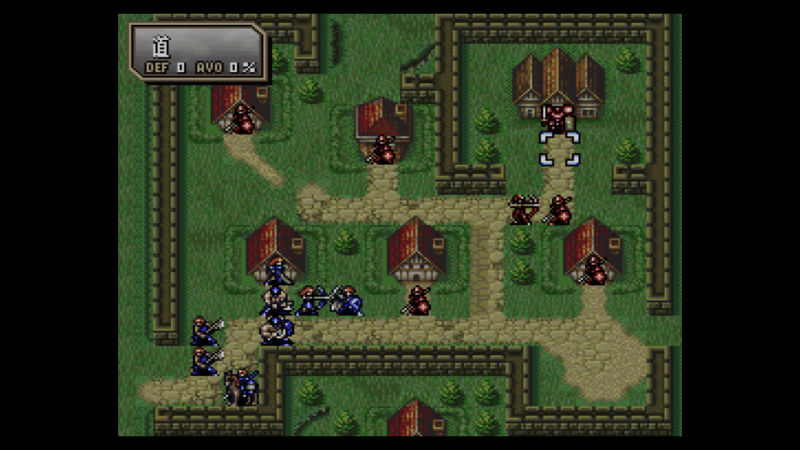
Kirb, like the others before them, threw in the towel. Thracia 776, the bridesmaid but never the bride, claimed another. There are a lot of reasons so many have thrown themselves at Thracia 776 only to eventually walk away, but the constant failures gave the game a mythical, cursed quality. For years, the community settled for a rushed localization that frequently crashed and was full of memes. (You will not be surprised to learn this version of the game was made by a high schooler). A high-quality version of Thracia 776, the second-to-last cartridge produced for the SNES and the blueprint for a lot of modern Fire Emblem games, had remained at arms length for English-speaking fans for two decades.
Until very recently.
In late May, as most of the world geared up for a week of glitzy E3 announcements about the future of games, history slotted into place. A group of modders—a collaboration spread across the United States, France, and Austria—released something they’d worked on for nearly a year: Project Exile, an endeavour built on top of a graveyard full of past failures, but whose success could not exist without the stunted efforts of those who came before it.
“Where were you when the curse was broken?” responded one fan.
The head of Project Exile, modder Christo “Cirosan” Brittain, is probably best known for the popular “full dialogue” mod for Fallout 4 that let players to see everything their character would say. He was an unlikely savior; Brittain had never translated a video game before, let alone one that would eventually produce a script that would include more than 66,000 words.
“I’m just the kind of crazy person,” he told me, “where it's like ‘Why bother wasting time on practice when you can just jump straight into the 20-foot deep end and paddle for dear life and hope you come out the other end with at least one of your limbs still attached?’”
And yet, the ravenous clamoring and celebration for Fire Emblem is, itself, a little strange.
An Unlikely Blockbuster
Fire Emblem: Three Houses arrived last week on Switch, and was one of 2019’s most anticipated games. This would shock a time travelling Fire Emblem fan; it wasn’t always this way. The previously niche franchise started on the NES in 1990, and was a series Nintendo didn’t release outside Japan until 2003’s Fire Emblem for Game Boy Advance. Fire Emblem was different from a lot of other Nintendo games because they were difficult, and dealt with more mature story concepts, like death. Nintendo had planned to kill off Fire Emblem with its first 3DS entry, Awakening, before it unexpectedly became an enormous hit, thanks to its larger emphasis on personal relationships (it was horny) and player-friendly difficulty options.
Nintendo loves finding ways to have fans pay new money for games they already own, but with Fire Emblem, the company has largely moved forward, not back. The vast majority of the franchise’s 16 releases either haven’t received a formal translation, or were originally released on dual-screen handheld platforms like the DS or 3DS, making them awkward candidates for Nintendo’s current platforms. It means impatient fans looking for more Fire Emblem to play are forced to venture into the legally ambiguous world of fan translations.
Fan localizations exist on the fuzzy edges of copyright law. You’re not downloading a patch to a game you own, but applying a hack to a ripped version of a game (called a ROM) you’ve likely downloaded from a website hosting it illegally. While game companies have traditionally not pushed for localizations to get taken down, compared to other kinds of fan projects, there’s also no way to make money producing them, which means they’re driven by the passion of people (or groups) with free time. Free time can dry up, and people get bored.
It’s important to understand, too, that translation is not just taking words, moving them from one language to another, and massaging their meaning for a new context. That is a huge part, but it doesn’t include the task of actually placing those translated words into the game, a labour that’s not simply copy-and-paste, but a careful dissection of game code produced in a foreign language, juggling of memory constraints on old hardware, programming tools to overcome those constraints, and more.
This is done for free, without any promise of pay, and under the threat of a cease-and-desist that would immediately render all your work meaningless, as it’d be illegal to distribute it.
Take one common problem with fan localizations: the sheer efficiency of Japanese. You can say a lot more with fewer characters in Japanese than English. Naturally, the game’s dialogue boxes were specifically programmed with Japanese in mind, not English. When a localizer drops the dialogue translated into English, there A) might not be space for the dialogue to fit, and B) if you go over the programmed character limit, the game could crash.
Because dealing with game code it such a minefield, some people just avoid it entirely.
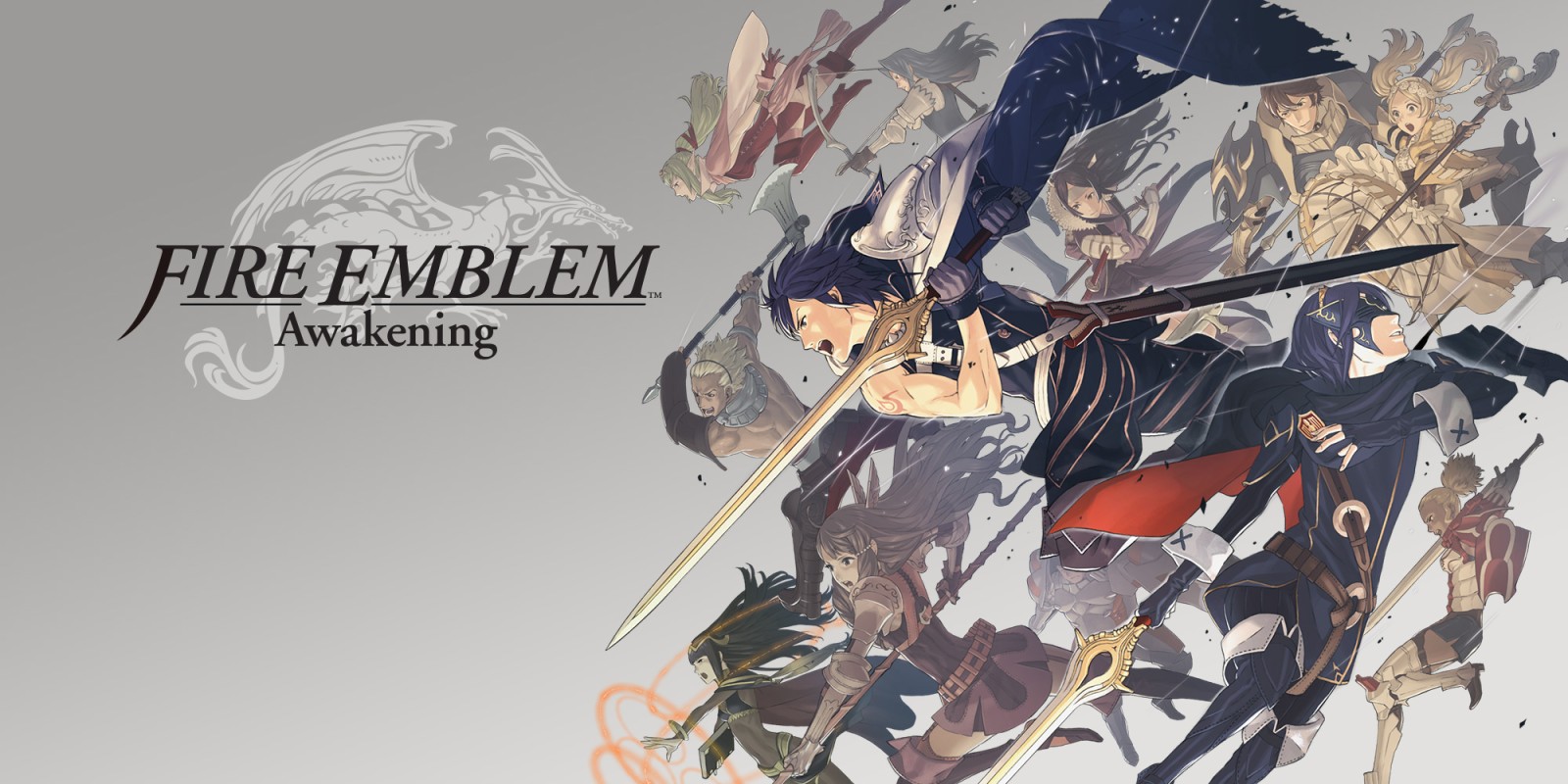
This explains this nearly 50,000 word text file, which is technically a complete and well liked localization released in 2006 by a fan named FireLizard. But FireLizard produced what’s called a “script localization.” They translated the words from Japanese to English, but didn’t provide a way to play Thracia 776 with those words. It was possible to follow along with a Japanese version, but that’s not ideal.
(Side note: the “contact” information on FireLizard’s script translation is full of incredible bits, including explicit demands to not send him emails “in French, Korean, Chinese, Marian, or in any language other than English/Japanese,” with “chain letters,” and “nothing over 400KB.”)
In other words, FireLizard was good with words, not code. It might seem natural for the next person to pick up FireLizard’s baton, and be the opposite—be good with code, not words. But you can take a wild guess at what happened next: that absolutely didn’t happen. But to truly grasp the frustrated plight of Fire Emblem completists requires examination of a meme:
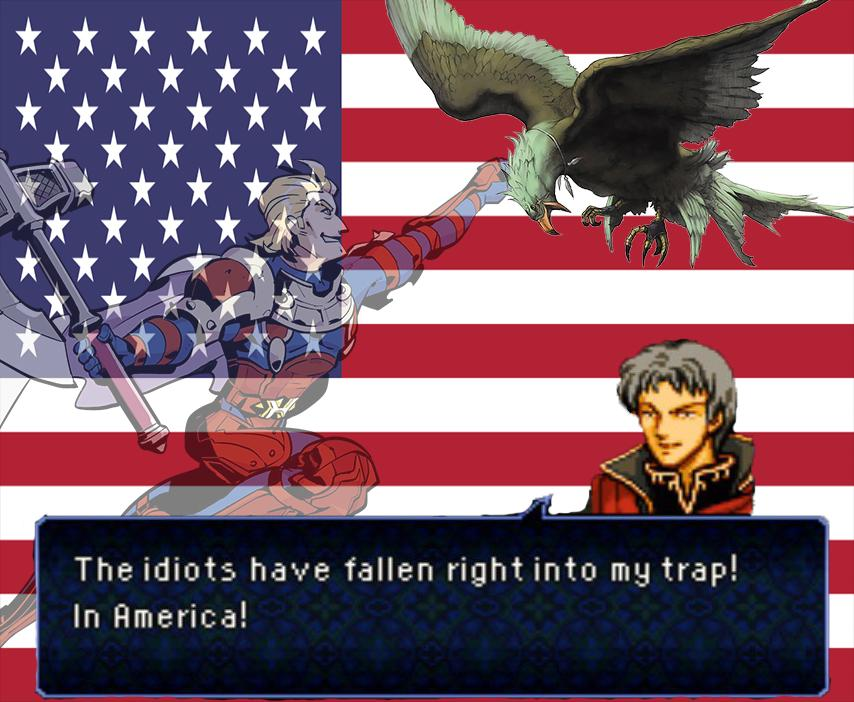
"Gosh, I Was Annoying Back Then"
In 2007, an Australian fan going by Shaya attempted their own, brand-new localization. It ignored the script translation by FireLizard, but crucially, came with a patch that could be applied to a ROM of Thracia 776, so you could now play the game in English—sort of. Unfortunately, Shaya’s localization was incomplete (some parts weren’t translated), buggy (huge parts of the menu are garbled, crashes that prevent completion), and lacking polish.
There’s good reason for this: Shaya, converted to strategy games by Final Fantasy Tactics Advance, was only 18 years old at the time. Shaya found an online home in Fire Emblem’s most popular community, Sacred Sanctuary, when they were just 13. Shaya grew up there, among fellow fans of an ignored Nintendo franchise. They became friendly with all sorts in Sacred Sanctuary, including one of the earliest localizers, who went by DarkTwilkitri. (They were central to translating Fire Emblem’s fourth installment, Genealogy of the Holy War, which Nintendo has said was the primary inspiration for the latest game, Three Houses.)
Thracia 776 was the game after Genealogy of the Holy War, and while rumors persisted someone would eventually tackle Thracia 776, nothing happened. Shaya grew anxious.
“I was growing impatient, and eventually ‘got’ that DarkTwilkitri wasn't going to be our savior with Thracia 776,” they told me recently. “A hazy recollection, but my habitual way of greeting him involved "when are you going to do Thracia?’ and similarly he was always ready to retort with ‘Why don't you do it?’ Gosh, I was incredibly annoying back then.”
Shaya eventually took up DarkTwikitri’s dare to pay back the community, to “absolve the ‘sins’ of my immaturity.” They figured a localization wasn’t enough—they needed to patch it, too. Shaya had been programming since they were 8 years old, and (tried to) reverse engineer an older—and, yes, abandoned—attempt to translate and patch Thracia 776.
The infamous lack of polish includes a moment where the game’s central villain, Kempf, utters the following bizarro line: “The idiots have fallen right into my trap! In America!” Fire Emblem, you might guess, does not take place in America. (In the latest translation, that line becomes “Ahahaha! Those dullards actually fell for it! All right, men! Fire at will!”) The “In America!” line quickly became a form of shorthand, a joke, rallying cry, and rationalization for a work fans have referred to as “the translation you have to deal with” and “not unplayable.”
Put that on the back of the box, Nintendo.
Shaya told me “In America” was a reference to a famous online parody of an old Yu-Gi-Oh anime called The Abridged Series, in which a character constantly declared “In America.”
“My presumed legacy for a long time was one where the Fire Emblem community mostly believed I tried to ruin Thracia for everyone, and I had mostly accepted that and resigned myself to not really care as I didn't have the means to rectify it.”
But “Its America!” and its coding issues were typical of near all fan projects, reflections of amateur creators. The Fire Emblem community was critical but gracious; something better than nothing. Shaya released a few updates, before saying goodbye on an ominous note.
“This may be one of the last releases,” wrote Shaya. “I may never finish. Live with it.”
Shaya did not finish it, making it the version people lived with for more than a decade. There was good reason, too; Shaya was incredibly stressed and overworked, between this ambitious Thracia 776 localization attempt and trying to survive the last year of high school. A migraine that wouldn’t go away eventually landed Shaya in the hospital, and they were forced to rest. No longer could Shaya stay up all night, cranking away at finishing a dream.
The memes, the jokes. It’s part of Shaya’s legacy in the community, for better and worse, and is frequently the case with fan projects, creative endeavours made by the anonymous.
“My presumed legacy for a long time was one where the Fire Emblem community mostly believed I tried to ruin Thracia for everyone,” Shaya told me, “and I had mostly accepted that and resigned myself to not really care as I didn't have the means to rectify it.”
That was 2007, and it’s at this point things get blurry and hard to track, but for the most part, people begrudgingly accept the Shaya translation as canon. It gets to the point where people tease attempts to update or fix Shaya’s work, but in service of trolling the community, like the time someone uploaded a “new” version with all the in-game commands changed to “wait.”
There are fits and starts, of course, especially after Fire Emblem: Awakening expanded the franchise’s popularity, and hungry fans were looking for more games. Attempts were made to re-translate the game’s menus, a notoriously tricky programming problem, and someone else hoped to use FireLizard’s 2006 translation, which was already liked, to create a patch.
But predictably, the always-hungry Thracia 776 ate them alive. Both projects died.
It would be a full decade after Shaya before someone would take a serious look at Thracia 776 again. That’s where Project Exile, and the eclectic Christo “Cirosan” Brittain, comes in.
Rescued By a Man Who Loathes Anime
Brittain admits to a generally not liking “most Japanese media,” with a “loathing for anime and manga.” There are exceptions, and one is Fire Emblem. Brittain became obsessed with Genealogy of the Holy War, thanks to one battle in particular: the Yied Massacre. Halfway through the game, two party members who’d left to track down reinforcements return, but they’re ambushed by the game’s villain. The player is on the other side of the map, unable to do anything to help. One real-time turn at a time, your former friends are slowly slaughtered.
Thracia 776, it turns out, is a direct sequel to Genealogy of the Holy War and plays out the consequences of the Yied Massacre; the main character is the son of someone who died.
“That’s really neat,” Brittain thought to himself at the time. “I can’t wait to experience the next one.” That’s when he discovered what had plagued the Fire Emblem community for years.
This is where another one of Brittain’s “exceptions” came in: Danganronpa, the delightfully weird visual novel series about a group of high school students tormented by a robotic bear who claims they can’t leave until someone successfully kills a student and gets away with it.
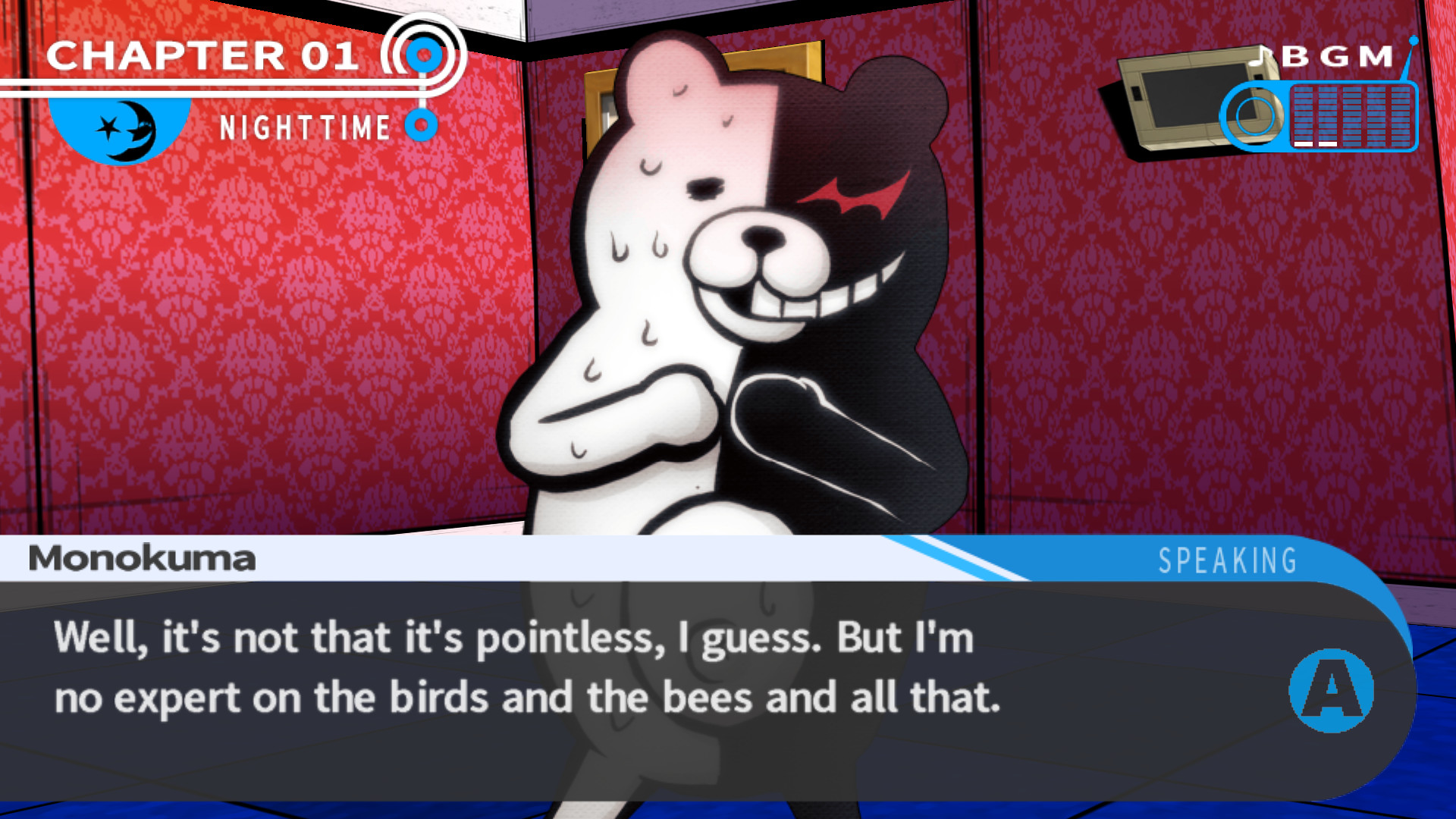
The first Danganronpa released on PSP in 2010, and had few prospects of being released outside of Japan. But in 2011, a thread on the cult message board Something Awful, largely seen as the birthplace of the now-ubiquitous Let’s Play format, translated the game’s twisty storyline, full of surprises and shocking cliffhangers. The Let’s Play—and by extension, Danganronpa—spread quickly on Tumblr, helping the series develop a community that would eventually prove big enough for someone to formally translate Danganronpa in 2014.
One person following the thread was Brittain, who became interested in the process of localization, and started comparing language scripts for various games in his spare time.
“I didn't have any official training or learning,” he said, noting his self-taught Japanese was shoddy. “I went to college, I have a BS and a BA in philosophy and humanities, far removed from programming or Japanese. [laughs] Admittedly, that's not the kind of answer you want from someone who is taking on this massive game. I think it's fair to say that anyone in their right mind would say ‘This [ Thracia 776] is not the first game you should translate.’”
The long list of people who’ve given up on translating Thracia 776 would say “no shit.”
Brittain started pushing through the game’s lengthy script, which moved swiftly until “ambition collided with health and time,” thanks to kidney stones. Thracia 776 was put aside, requiring too much effort, given the pain. But eventually, as the stones got under control and Brittain found himself stuck in bed with nothing but time, Thracia 776 started calling his name. At this point, the script moved even faster, with Brittain translating a chapter in just two or three days. He’d get home from work and dedicate all his time to Thracia 776.
The script was only one part of the equation, though; it’s not as simple as copying and pasting English. You need a tool to get the text in there. Remember, Thracia 776 is built on “spaghetti code,” partially because it was released twice—once as part of a unique rewritable cartridge program Nintendo had in Japan called “Nintendo Power,” later as its own cartridge. Interpreting the code of a game built in another language, with no one who worked on it around to explain how it works, is hard enough. This was an even messier game to manage.
Though Brittain has some understanding of programming himself, it’s a limited expertise. He started digging through the community’s work to see what he could salvage, showing up in random and abandoned chat rooms, hoping someone could point him towards past creators.
“You had to navigate through the graveyard of previous fan translation attempts and try to cobble together what you could,” he said.
This is where old efforts paid off. Brittain tracked down Kirb, the fan who’d tried to create a patch using an existing localization but gave up on the “translation patch killer” chapter, handed over their ancient source code. After a few nights of banging their head against the wall until the early hours of the morning, Brittain made sense of it, and got past the chapter.
(The reason that chapter is so hard is because it’s a sequence where a dozens of different scenarios can play out, depending on the player’s actions, requiring the translation of many, many tiny pieces of text. Because the game’s code looks like nonsense, it’s incredibly hard to tell where that text should go without breaking the game. That’s why everyone gave up.)
At one point, he put out a call for help through a popular Fire Emblem YouTuber because the game literally had too much text. Somehow, the game’s memory needed to be increased.
It worked. Someone came out of the woodwork, and in 24 hours, the problem was solved.
“The plan had been,” said Brittain, if no one responded, “that you would have to do it like you were swapping discs on an old PlayStation, where it was like, ‘Please insert disc two.’”
For a while, Brittain had to confront the possibility of cutting down his script to fit everything into the game’s existing memory. Line by line, he’d mull whether it was really needed for the story, or if there was a better (and shorter) way of phrasing things. It was a perfect distillation of an age-old question when it comes to translating works from one language to another: is it an art or a science? Is the role of the translator to do simply what is suggested: translate? Or are they supposed to shape the material—localize it—for the audience that will later read it?
This has been a specific point of contention in the Fire Emblem community, too. A group of fans angry and upset at the way Nintendo of America chose to localize their Japanese games—altering or outright removal of sexual content, increasing the ages of uncomfortably young girls in skimpy clothing, changing the personalities of some characters—began an arms race with the company, trying to localize Fire Emblem: Fates before Nintendo could.
These fans had a specific philosophy: literalization. Many considered the changes Nintendo making to be censorship, not “localization,” and were interested in a very literal translation.
Here’s one example. On the left is Nintendo’s “localization” of Fates, which was released internationally in February 2016, eight months after its Japanese release . On the right is the group’s “translation.” A lot of flavor is arguably lost in sticking to a straight translation, but that’s their point: that “flavor” wasn’t there to begin with.
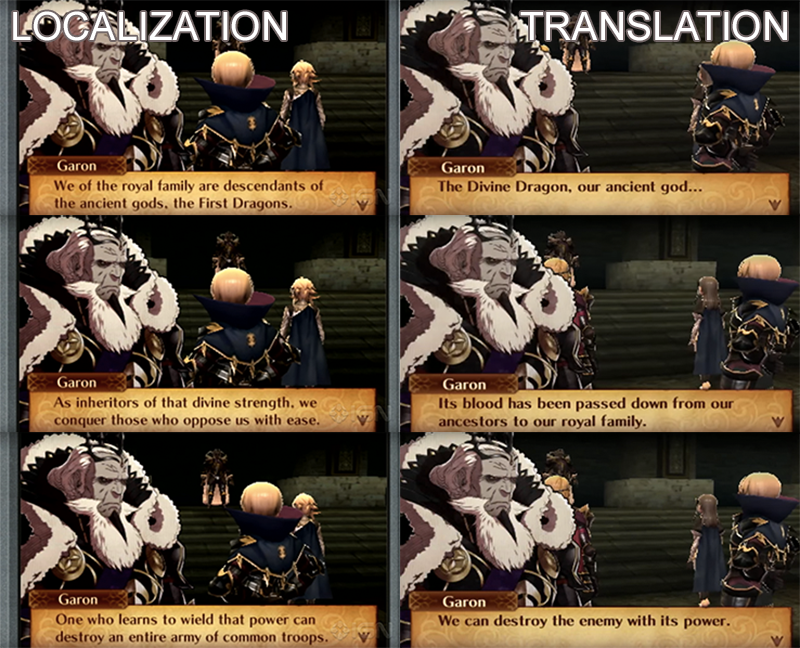
Brittain disagrees with these fans, and cited a famous quote by the Argentinian writer Jorge Luis Borges: “The original is unfaithful to the translation.”
“What he means by that is that translation to him is a fundamentally transformative process,” said Brittain. “It is adaptation in much the same way that a book can be adapted to film. Certain things have to be changed. When you're translating something, if you just do a literal translation, Borges would argue—and I would agree—all you're doing if you're taking the source text and hurtling it bluntly at the target language. You're doing this blunt grunt work, where you're trying to just hammer it in artlessly. A good translation, to Jorge, would be not [only] something that adapts it to the target culture, not only carries over the themes and ideas, but enriches them, as well, through a mutual dialogue between the target culture and the source culture. If you hold the source text in reverence and adapt it strictly literally, you can't have any fun with it. There's no cultural exchange taking place.”
He pointed to one example from his localization, where a character is possessed by a cursed sword and does horrible things before the item is purified, releasing him from its power. The priest hands the sword back, but the character is mortified. The priest argues that to become a swordsman means to master all swords . Here, the game is drawing on the Japanese religion Shinto, which includes the concept of animism, where spirits can inhabit objects.
Brittain figured there was a better way to communicate the same idea, except through a more traditional Westerm framing, and he eventually landed on the concept of free will.
“If you do have a sword, that's what lets you save the day,” said Brittain. “The sword was used to do some horrible shit in the past? So what? Take this cursed item that robbed you of your free will and use it to enact your will over the world. Go kick some ass with it, go save the day, go do as you see fit and you can use this sword to do a bunch of awesome shit.”
(That is obviously not the actual dialogue he put into the game, just the sentiment.)
"When you're translating something, if you just do a literal translation, all you're doing if you're taking the source text and hurtling it bluntly at the target language. You're doing this blunt grunt work, where you're trying to just hammer it in artlessly."
Other changes included spicing up the dialogue for the villain. “Oh, you fools think you can kill me?” went one line. “You’re the ones that are gonna die today.” That became: “I watched your grandfather die. I saw your father's castle burn. I outlived them and I'll outlive you.”
“Now, you'd say ‘Cirosan, what the fuck are you doing? That's not translation at all! You made up something completely new!’” he told me. “And I'd say ‘Well, I'd argue this is still a faithful translation because I didn't change what happened in the scene.’”
Inspiration for scenes like this came from an unlikely source, too: HBO’s The Wire, which he admitted did not share “language, culture, setting, tone, premise, nothing” with Thracia 776.
“The Wire has perfected the art of naturalistic dialogue,” he said, “which is a tremendously helpful tool to have. When I was younger, I would go through scripts of The Wire and write down the first line of each scene. How did they start the scene? Why was it so effective when they started the scene out? You fast forward to Thracia, which is in dire need of dialogue that sounds natural. People are actually talking.”
By and large, Project Exile is adored because it’s all-encompassing, nuanced, and polished.
“You and your team have made a valuable contribution to the fanbase,” said one player.
But not everyone agreed, with some dubbing Project Exile’s work “treehouse jr,” a reference to Nintendo’s in-house localization group, and where recent frustrations have been directed.
Though a “silent majority” appreciated the work of Brittain and others, he was hounded by a subset of fanatics who’d scrolled through everything he’d ever said about localization and taken screen shots. The moment Brittain opened his mouth, these people would respond with images of his own words meant to undermine his point, even if they were ultimately strawman arguments—comments taken out of context and intended to make Brittain upset.
“Coming from the Fallout fanbase,” he said, “I knew people on the Internet are crazy. I knew there would be anger. What I didn't expect was that people were legitimately creepy. I don't want to overblow anything, but it was borderline online stalking.”
For a brief moment, Brittain almost gave in to their hounding. Maybe it was easier to change things so they’d be quiet and leave him alone? (From personal experience, I can tell you that acquising to their vague demands changes nothing, and only empowers their future actions.)
“[pause] There's definitely a level of distress that comes with that,” he said. “Not fear for my safety, but [thinking] I'm a hack, I'm a fraud, they're right about me. Imposter syndrome starts kicking in. I'm very lucky that I was surrounded by people hat got what I was doing and agreed to my approach and were willing to go to bat for me and argue against people, reassure me, be a shoulder to cry on.”
Nonetheless, his translation of Thracia 776 is a historical accomplishment. The entirety of the Fire Emblem series can now be played in English, thanks to an uneasy and thankless collaboration between the company who makes these games, Nintendo, and the fans who cherish them.
It’s also given a sense of relief to the people who previously failed to localize the game.
“It brought a sense of closure to everything,” said Kirb, one of many fans whose valiant attempts at localizing Thracia 776 paved the way to this moment. “I was really glad that finally I didn’t have to worry about ‘betraying’ the community by wasting what I had done.”
Now, if there was only a way to get Nintendo to pay attention to Thracia 776 and the many, many Fire Emblem games most people will never play because they don’t even know about these weird corners of the Internet.
Follow Patrick on Twitter. If you know anything interesting happening behind-the-scenes at Nintendo, reach out. He's also available privately on Signal.
from VICE https://ift.tt/2KaFIRE
via cheap web hosting
No comments:
Post a Comment